We went to Mexico City with the kids in July. It was such a fun place to be with young adults. Hip, lively, vibrant.
L brought along an old school film camera. These are her photos I’m sharing here. I love them so much.
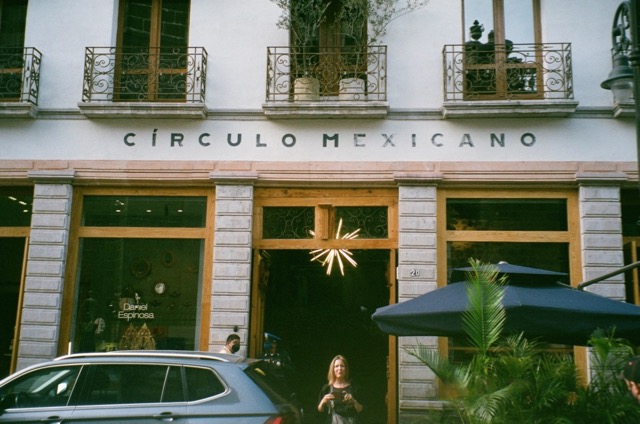
She’s been messing around with cheap film cameras since she was in college. I asked her why. She likes the look of the photos, for one. The softer, retro quality of the images. Also, the surprise of them–you don’t know exactly what you’ll get until you have the film developed. (She usually has them downloaded to a flash drive so she can share them digitally; she only prints her favorites.) But she especially likes how the images seem genuine. Since she doesn’t want to waste film, she typically only takes one shot. Instead of something posed and perfected, she’s capturing a moment.
They remind me so much of old high school and college photos I snapped with friends. There weren’t so many of them like there are now, so the ones I have seem iconic–even if unpolished. Or especially because they’re unpolished. They seemed to convey more honestly how we felt back then, people just beginning to become.
Have you seen the Instagram account 90s Art School? I love it, too. It’s a collection of analog photos submitted by people who went to art school in the ’90s. Their profile says Out of the shoebox and into our collective memory. These folks are a little younger than I am, though not by much. My college and early parenthood photos looks so much like this. They’re evocative, I think, for that genuine quality L loves so much.
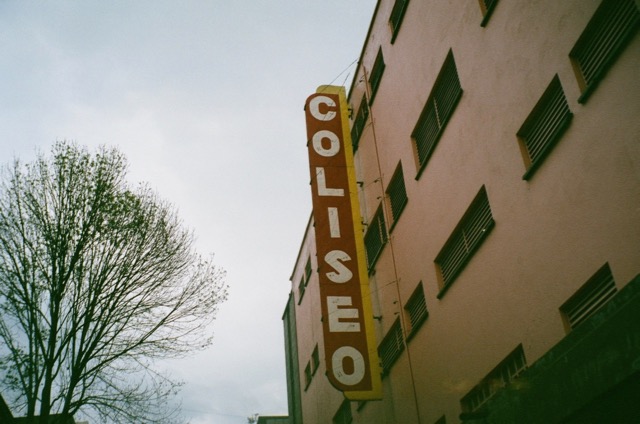
* * *

T has been into Nirvana of late (which makes his dad quite pleased.) He and I talked about how he’s really into ’90s music, the rough, real sound of it. Chris loves music and tries to keep up with newer stuff, but he’s always complaining, “Where are the guitars?” He wants music that sounds like it used to, like you could make it in your garage. Like he still makes in a garage.
That kind of music has been waning for the past twenty years, but I’m thinking it’s coming back. Young people are so nostalgic for the mix-tape culture of my generation. (If I weren’t posting L’s photos here, I’d share images of the cassette tapes Chris made and mailed to me when we were dating and at different colleges on the coast. Lots of REM and Elvis Costello and The Cure. To say nothing of all the love letters I collected along with those tapes.)
Vinyl is back. Urban Outfitters is selling cassettes! Though I can’t recommend those, as someone who did a lot of fast-forwarding and rewinding and crying over tangled, ripped black tape.
The kids are into it. They’re into the analog.
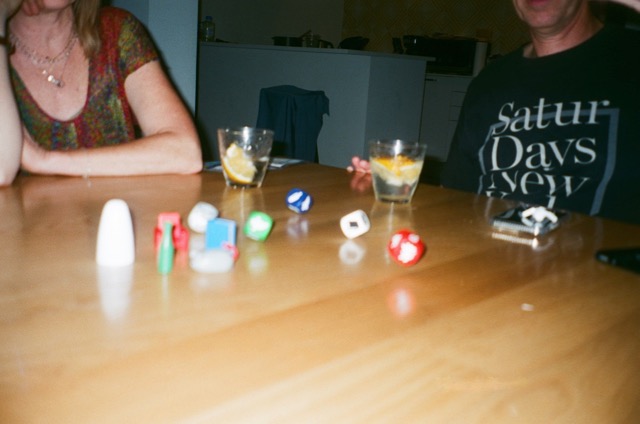
* * *
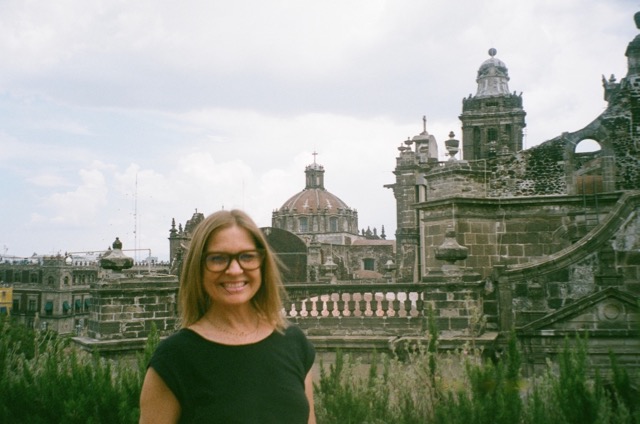
I often share posts of me writing by hand on my Instagram feed, collected under my own hashtag, #wonderfarmwritesanalog. People seem to love those posts, and I notice other folk’s handwritten stuff getting lots of love too. Why is that? Why are we so drawn to the analog?
I’m guessing that in our digital world, we feel a real nostalgia for the work we do with our hands. Or maybe it’s bigger than nostalgia–maybe we feel called to it. We’re humans and working with our hands is one of the qualities that make us so. We’re supposed to work with our hands. I think our bodies crave it.
In a digital world, there’s a realness to the work we do with our hands. On a plane recently, I spent hours doing my favorite plane activity: knitting while listening to an audiobook. Yes, I was knitting a mohair sweater in an irresistible fluff of sky blue, but the women around me on the plane gaped and oohed, like I was spinning gold or something. I was just knitting a very simple stockinette sweater, round and round, the same stitch.
But to these women it seemed incredible. I guess they aren’t used to seeing someone do something like that with her hands.
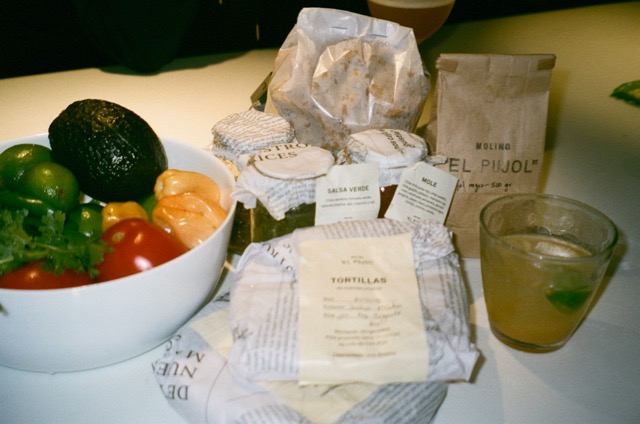
* * *

I’ve gone on and on here before about Lynda Barry and how much I adore her and her belief that “hands are the original digital device.” Instead of rehashing, I’ll direct you to that post if you curious about why she thinks writing and drawing by hand are so essential to creativity. She changed my own creative practice. I reflected in that post, too, on on all the work my kids did with their hands as they were growing up. And how that analog work factored into the digital work they do now.
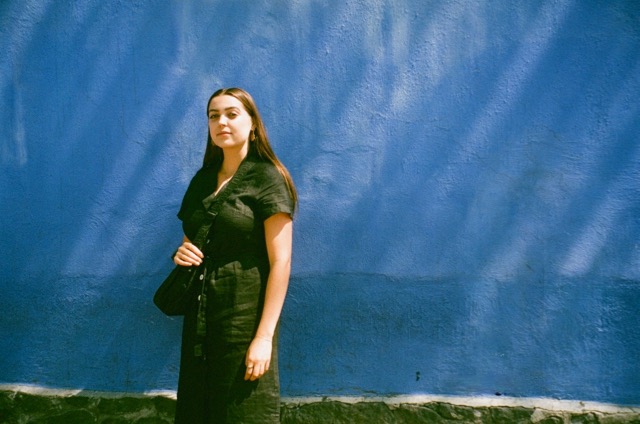
* * *

Clearly, hands and the analog are obsessions of mine. I think, in fact, that this will be the focus of my next book. (Snort! I have so much work to do on my first book! But I’m making progress. More on that eventually.)
I’m interested in the fact that Chris and I got our first computer with internet access when we were 30. We’d made it through our youths, our young adulthood and early parenting with nothing digital. But we were young enough to fully adopt the new technologies that came our way–though surely not as completely as our kids, and all the other digital natives born since.
I think my Gen X generation has a perspective worth considering. We remember so clearly our analog lives; we were able to embrace a digital life. We remember the before and the after. I’m not a Luddite–I don’t think the analog times were better. But there were qualities of that life that maybe were better, that I don’t want to forget. That I want younger generations to know about, in case there’s anything there worth keeping.
I don’t have a title for this phantom book, but a subtitle has surfaced: Essays on life before and after the internet.
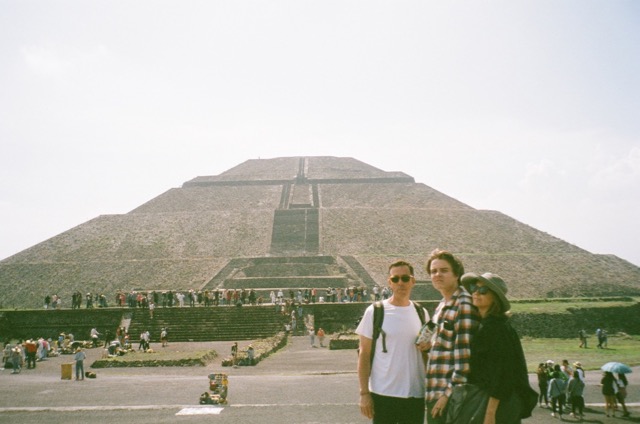
* * *
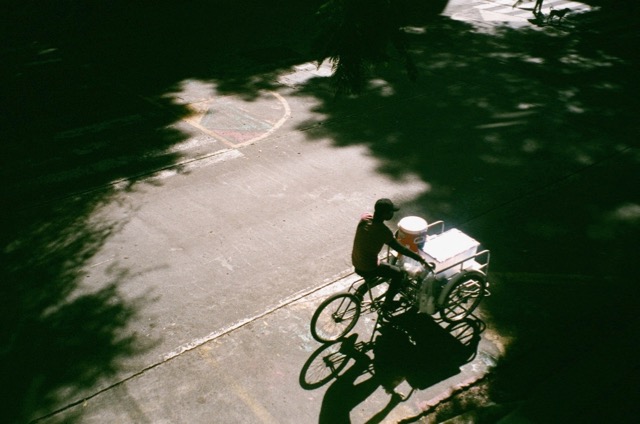
I love that my kids–and others in their generation–are feeling drawn to the analog. I’m not one of those people who are down on kids and how much time they spend on TikTok. (Ha! This Gen-Xer has been studying TikTok–more on that later too.) No, I respect what young people get from their digital worlds, but I hope they know that world isn’t their only option. I’d love them to have a little more of the sloppy, imperfect, genuineness of the analog before-times.
I think they’re being called to it.
* * *
recent inspiration:
—Nightcrawling. As an Oaklander, I knew I had to read this book by Leila Motley. It’s a novel with origins in the repugnant real-life Oakland police scandal of 2016, when it came to light that several officers had been sexually exploiting a teenage girl. Motley was a 13-year-old Oaklander at the time, and the story compelled her. The news rarely considered the perspective of the young teen; Motley wanted to give her a voice. She sure did. Motley’s main character, Kiara, grabs you by the heart. She’s naive and worldly and tender and wise at once. For all my analog leanings, I took in this one via audiobook, which I highly recommend. The reader really captures Kiara’s compelling voice. Motley wrote the book as a 17-year-old and published it before she turned 20 (!) which inspires even more awe when you note the skillfulness of the writing. Motley is a poet and it shows. (I was lucky enough to see her perform her poetry a few years back, when she was the Oakland Youth Poet Laureate.) Despite the gutting subject matter, the writing is lyrical, surprising, gorgeous.
—Blackberry Glazed Tofu with Black Pepper & Chili from the First Mess. Okay, I know that combo sounds weird, but the sweetness of the blackberry gets roughened up by the spice of the pepper and chili and turns out incredibly delicious. Even if you want to skip the blackberry glaze, try the tofu prep without it. Black pepper and Bragg’s aminos and arrowroot powder come together to make some of the tastiest tofu I’ve ever had. And super easy! Laura recommends making it with air fryer; I don’t have one and the skillet version still came out crispy and irresistible.
—Let Grow. I came across this organization while doing research for my book, and I love what they’re doing! They’re all about giving kids independence in their lives. The project was started by Lenore Skenazy, who you might know from her book Free-Range Kids. Two of the organization’s projects especially thrill me. The Let Grow Project “gives students a simple, life-changing homework assignment: ‘Go home and do something new, on your own. Climb a tree, run an errand, make a meal… ‘” (Could certainly be pitched to homeschoolers too!) Sounds simple, but given how much agency kids have lost in recent decades–something I’m writing about in my book–the results are profound. Then there’s the Let Grow Play Club, an initiative from developmental psychologist Peter Gray, whose research on play has excited me for years. This project helps schools set up before and after-school times where kids have the opportunity to play almost entirely unsupervised. Like we kids used to do in our analog days…
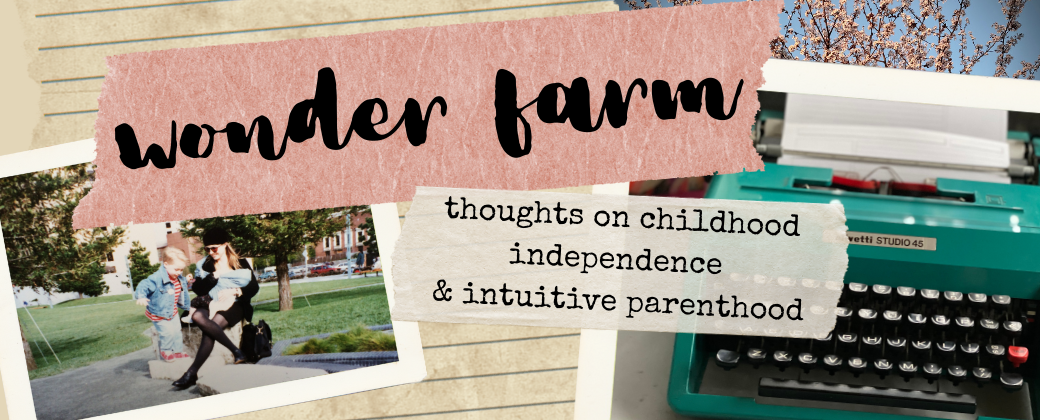
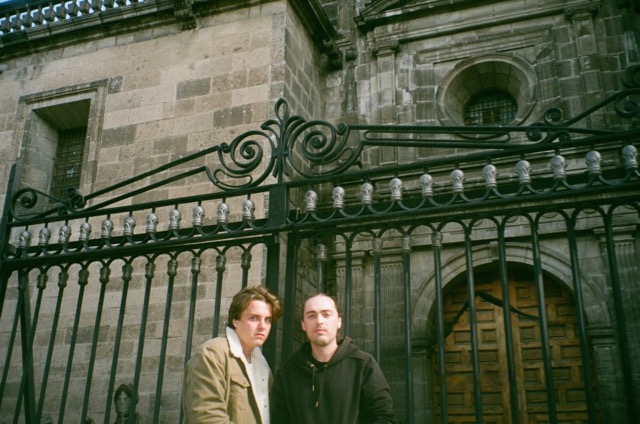
I really enjoyed reading this post Patricia. The analog world is very dear to me, especially these days. I decided to pick up my knitting needles again and found a pattern I can easily do while lying in bed just going round and round knitting and purling making very useful potholders that my kids need. I also like to have at least one reading material by my bedside that is not from the Internet. And it is still such a joy for me when my grown children visit and want to play board games, do puzzles, mess around with karaoke machines, do arts and crafts as needed for special occasions, and cook together amazing homemade from scratch meals. Also try to stay analog by reviewing old photo albums and boxes of photos and remembering who took them how we used my dad’s all cameras which he gave each one of us one to have forever and preserving memories that are not digital. Thanks again for the lovely post.
I’m so happy to hear you’re knitting again, Jenny! Potholders for your kids–I love that. Knitting is so soothing, don’t you think? We did so much with our kids and their hands all those years. I was reading another article about Lynda Barry that happened to be in the New York Times the day before I wrote my post, and she was bemoaning the fact that her college students don’t know how to use their hands. Some of them can’t even cut a circle out of paper! And I thought about our kids and all the things they made–remember our boys sewing the sign for Toy Challenge? They definitely knew how to cut circles out of paper! ha! It really is special when they want to do those things with us as adults. I love cooking with my kids. 🙂 And those old boxes of real photos are so special. Thanks so much for reading and responding, my friend!
Loved reading this post as always. I actually came on the computer to read your latest blog (been saving it) and to give my eyes a chance to look at something further away, as I have been hand-stitching in the shibori stitch method on a linen napkin that I will later (in October??) dye with indigo. While stitching I was in fact studying my hands and thinking of my mother’s hands that I had been gazing at while we were playing cards last night. So much reflection can be done while quietly sewing or knitting. Or listening to music! So much of what you wrote about has been percolating about in my mind. Well, I am off to stitch just a little bit more before I start my day doing other work. I’ll save the links to check out when I have the needed time. Thank you once again for sharing your thoughts and those pictures!
Ooh, listen to you! Shibori stitching with plans to dye in indigo! (I took a class on dying with indigo and have been meaning to do it on my own for years now.) I love your musings on hands. Older people’s hands are so beautiful, though we’ve been conditioned to think our own get ugly as we age. Sometimes I look at mine now and sigh, but they do so much for me! The idea that my words might be percolating in your mind as you stitch is thrilling. That means my ideas are mixing with your ideas and isn’t that the best? Thanks for always saving my posts for your special times. xo.
I love reading your blogposts. It actually relaxes me. Your blog writing is very beautiful, how you deliver your stories, the flow, the choice of words, pictures and related links. It’s always a treat. Wonder Farm is a gold nugget in the digital information quarry.
What an honor to hear that my writing is a treat, Gabi. I love that it relaxes you. Thank you for continuing to read. (And congratulations on your organization! It looks like you’re doing important work. <3)